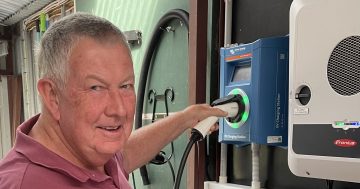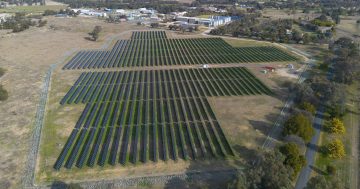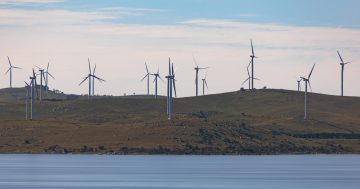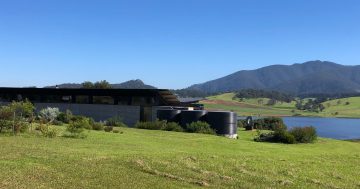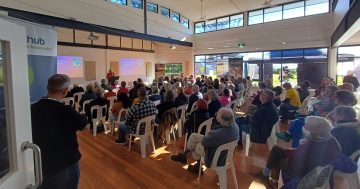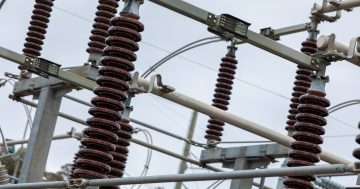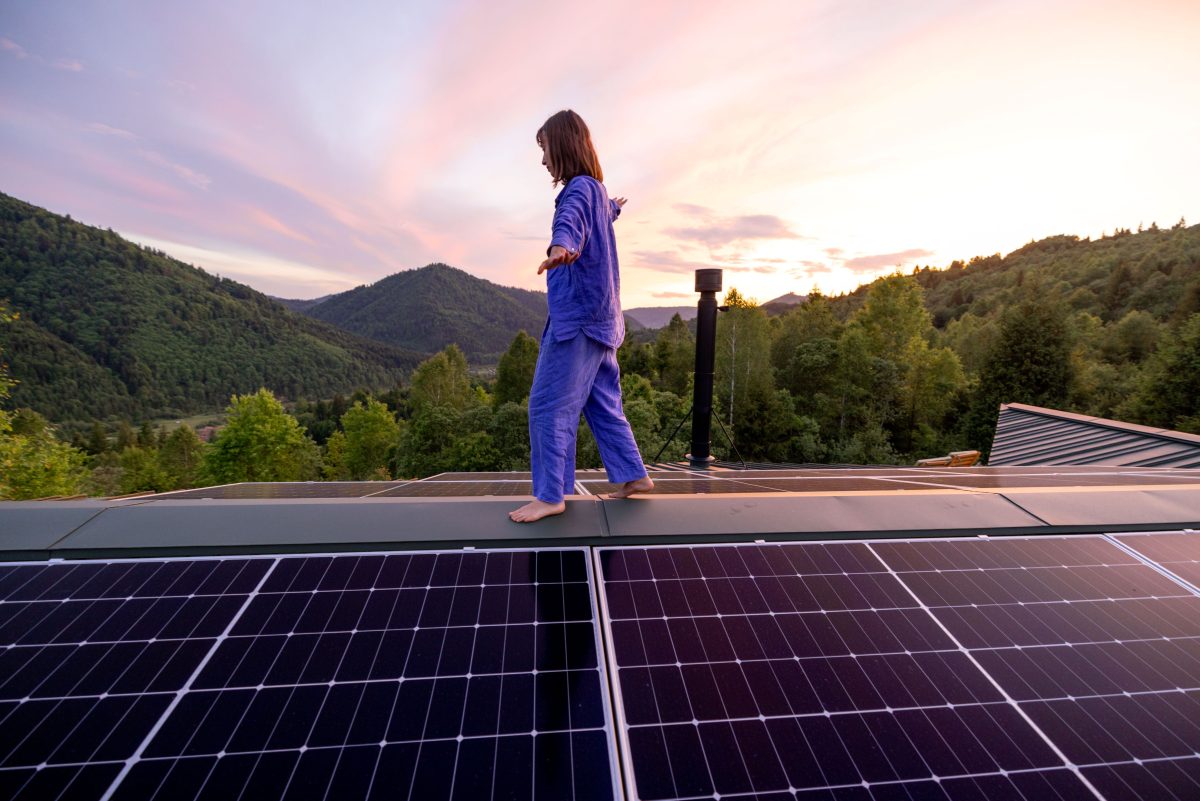
More Australians are looking into off-grid solar systems than ever before. Photo: Helen Ross.
You’re no longer an outlier if you have solar panels on your roof. In fact, your system is one of almost four million working to power homes and small businesses across the country.
But taking advantage of solar off-grid remains firmly in the minority. Just two per cent of Australians live without a connection to mains electricity, mostly in regional and remote communities.
The number seems set to rise however with the Australian Renewable Energy Agency reporting more property owners want to go off-grid for cheaper, more reliable and independent power.
If you’re considering having an off-grid system installed, proper research is crucial.
There are loads of factors to consider: power requirements over a 24-hour period and during peak demand times, sunlight availability across all four seasons, roof orientation and available space, local energy costs, your budget… the list goes on.
One of three directors heading up Huglo Solar, Justin Riggs has been in the energy industry since 2009. He says doing your own research is important, but don’t skip consulting an expert.
“Not every site suits an off-grid system and the only person who can really tell you whether your site does is an experienced installer,” Justin says.
“For example, some homes would benefit more from a cost standpoint if they ran a powerline to the network with a hybrid inverter.
“But an average property owner wouldn’t be able to calculate this themselves, so having a reputable solar provider analyse your site is invaluable.”
Check that budget – you’ll be paying for panels to capture the solar energy, an inverter to control the power they generate, and batteries to store and supply that power to your property. A generator backup is also essential to ensure you aren’t left without power during weather events.
“It’s worth noting that setting up a system like this requires significant financial investment that is more likely to be upfront,” Justin says.
“Government-led incentives for this kind of system are also somewhat limited compared to standard residential solar, so it pays to be sure there aren’t any other options to suit your property before you make that investment.
“A good provider will go over these options honestly and help you choose the most cost-effective.”
If you’ve considered the alternatives and decide to go ahead with an off-grid system at the recommendation of your solar provider, you can have everything installed in as little as four weeks.
“Set-up is actually quicker than on-grid systems, but you need an experienced, reliable provider. They are essentially setting up a home power plant for you so will be your primary contact for maintenance or repairs,” Justin says.
There’s plenty to think about. But when the stars align, off-grid households can expect to enjoy no ongoing power bills or connection fees, independent electricity that is better for the planet, and a high percentage of power efficiency dedicated to their own use.
To find out whether an off-grid energy solution would suit your household, contact Huglo Solar.
Original Article published by Morgan Kenyon on Riotact.







